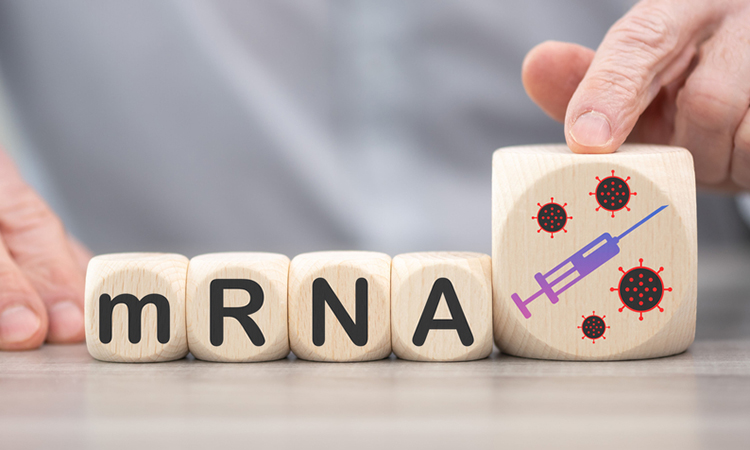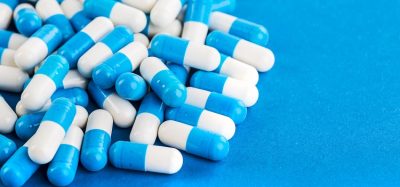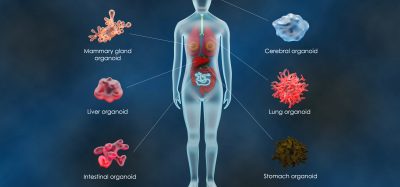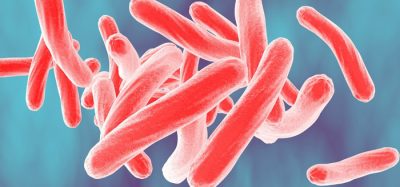New polymer boosts mRNA vaccine safety
Posted: 20 June 2025 | Drug Target Review | No comments yet
A new material developed at Cornell University offers a more effective way to deliver mRNA vaccines by replacing polyethylene glycol (PEG) with a water-loving polymer poly(carboxybetaine) (PCB).


A newly engineered material developed at Cornell University could vastly improve how mRNA vaccines are delivered – by replacing an ingredient that may inadvertently trigger the immune system in some people.
The study, published in Nature Materials and led by Shaoyi Jiang, professor of biomedical engineering, offers an innovative substitute for poly-ethylene glycol (PEG), a compound commonly found in the lipid nanoparticles (LNPs) used to carry mRNA into cells.
PEG: functional but flawed
mRNA vaccines, such as the COVID-19 vaccine, rely on LNPs – tiny fat-based bubbles that shield the fragile mRNA molecules until they reach target cells. PEG has been the go-to coating for these particles, helping to protect the payload while ensuring it can sneak past the body’s immune defences. But PEG isn’t without downsides.
Biomarkers are redefining how precision therapies are discovered, validated and delivered.
This exclusive expert-led report reveals how leading teams are using biomarker science to drive faster insights, cleaner data and more targeted treatments – from discovery to diagnostics.
Inside the report:
- How leading organisations are reshaping strategy with biomarker-led approaches
- Better tools for real-time decision-making – turning complex data into faster insights
- Global standardisation and assay sensitivity – what it takes to scale across networks
Discover how biomarker science is addressing the biggest hurdles in drug discovery, translational research and precision medicine – access your free copy today
“The human body is mostly water, so if you insert something with exposed hydrophobic moieties, like PEG, into our bloodstream, our immune surveillance system says, ‘Hey, that’s a foreign material,’ and will generate an antibody to destroy it,” said Jiang.
This response can not only make people feel unwell but can also minimise the effectiveness of the vaccine.
Why the body flags PEG as a threat
Part of the problem is just how common PEG is. “Most people’s immune systems are already primed to fight PEG,” said Jiang. “From people being exposed to PEG in so many commercial products like shampoo and toothpaste.”
This frequent exposure may explain why even the first dose of a PEG-containing vaccine can trigger an immune response. This complicates repeat dosing and long-term effectiveness, particularly in diseases requiring high-dose mRNA delivery.
A ‘goldilocks’ alternative: zwitterionic polymers
To address this issue, Jiang and his team developed a new kind of LNP coated with a zwitterionic polymer instead of PEG. These polymers, which carry both positive and negative charges, are extremely hydrophilic – meaning they blend perfectly into the body’s aqueous environment.
The specific polymer used is poly(carboxybetaine), or PCB, a naturally derived material that hits the right balance between stealth and stability. Jiang’s study shows that replacing PEG with PCB allows the vaccine to function effectively without alerting the body’s immune alarms.
Toward safer, stronger cancer vaccines
The potential of this approach is exciting for cancer vaccines, which often require much higher doses than those used against viruses like SARS-CoV-2.
“With a virus like COVID-19, you only need a tiny vaccine dose, and our immune system will respond,” explained Jiang. “But for a cancer vaccine, the tumour environment suppresses the immune system, so you need a much higher dose to be effective. If a patient has a minor problem because of the PEG, the issue will be amplified with a higher dose.”
The potential of this approach is exciting for cancer vaccines, which often require much higher doses than those used against viruses like SARS-CoV-2.
By working with collaborators from Weill Cornell Medicine, Houston Methodist Cancer Center, the Hospital for Sick Children in Toronto, and the National Cancer Institute, Jiang hopes to accelerate the clinical development of PCB-based mRNA vaccines, particularly for cancer. The ultimate goal being to create a new generation of mRNA vaccines which are safer and stronger.








